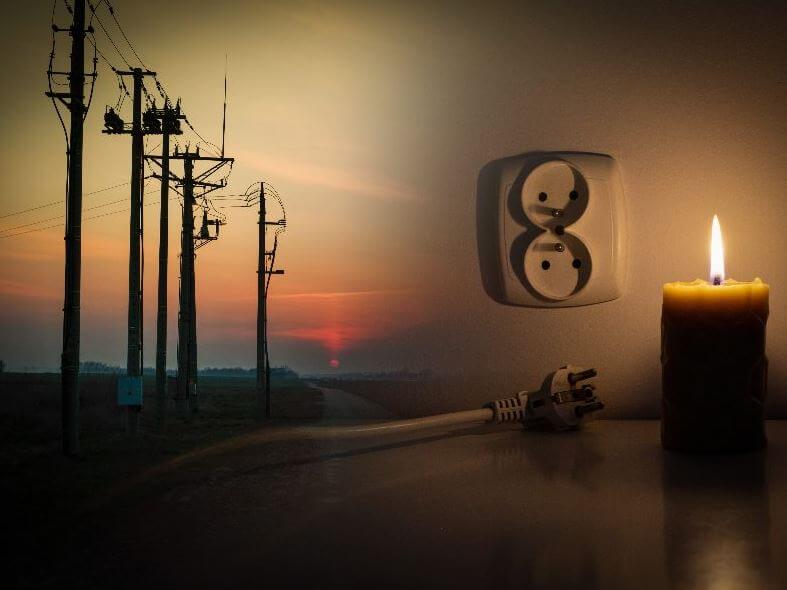Load shedding is not a new phenomenon in South Africa, as the country has experienced periodic power outages for many years due to various factors such as aging infrastructure, insufficient electricity generation capacity, and supply constraints.
However, the most recent period of load shedding began in 2019 and has continued into 2022. The South African power utility Eskom, which supplies the majority of the country’s electricity, has been implementing rolling blackouts or load shedding as a means of managing electricity demand and ensuring the stability of the power grid.
The reasons for the ongoing load shedding in South Africa are complex and multifaceted, but some contributing factors include a lack of investment in new power generation capacity, maintenance and repair backlogs, and financial and governance challenges facing Eskom. The impact of load shedding on individuals, businesses, and the broader economy has been significant and continues to be a major issue in South Africa.
ALSO READ: What Is Load Shedding?
When Did Loadshedding Start in South Africa?
The answer is 2008. According to Eskom, loadshedding in South Africa started in early 2008.
There have been periods of power outages and load shedding prior to 2008. However, load shedding in South Africa has become more frequent and severe in recent years due to a combination of factors such as aging infrastructure, insufficient electricity generation capacity, and supply constraints.
The most recent period of load shedding began in 2019 and has continued into 2022, with South African power utility Eskom implementing rolling blackouts to manage electricity demand and ensure the stability of the power grid. While there have been periods of load shedding prior to 2008, the current phase of load shedding is a more recent and ongoing issue in South Africa.
When Did Loadshedding Start in South Africa FAQs
Here are some frequently asked questions (FAQs) and answers regarding when load shedding started in South Africa:
When did load shedding start in South Africa?
Load shedding has been experienced in South Africa for many years, with periodic power outages occurring due to various factors such as aging infrastructure, insufficient electricity generation capacity, and supply constraints. However, the most recent period of load shedding began in 2019 and has continued into 2022, with Eskom implementing rolling blackouts to manage electricity demand and ensure the stability of the power grid.
Was there load shedding in South Africa before 2008?
Yes, there were periods of load shedding in South Africa prior to 2008, but the frequency and severity of load shedding has increased in recent years due to a combination of factors such as aging infrastructure, insufficient electricity generation capacity, and supply constraints.
Why did load shedding start in South Africa?
Load shedding started in South Africa as a means of managing electricity demand and ensuring the stability of the power grid. The reasons for load shedding are complex and multifaceted, but some contributing factors include a lack of investment in new power generation capacity, maintenance and repair backlogs, and financial and governance challenges facing Eskom.
How does load shedding affect South Africa?
Load shedding has a significant impact on individuals, businesses, and the broader economy in South Africa. During periods of load shedding, there can be disruptions to daily life, work, and commerce, as well as potential risks to public safety and health. Load shedding can also contribute to reduced productivity, increased costs, and damage to critical infrastructure and equipment.
Is load shedding still happening in South Africa?
Yes, load shedding is still happening in South Africa as of February 2023. Eskom continues to implement rolling blackouts to manage electricity demand and ensure the stability of the power grid. The frequency and severity of load shedding may vary depending on a range of factors, but it remains an ongoing issue in South Africa.
Image Courtesy: esi-africa.com
